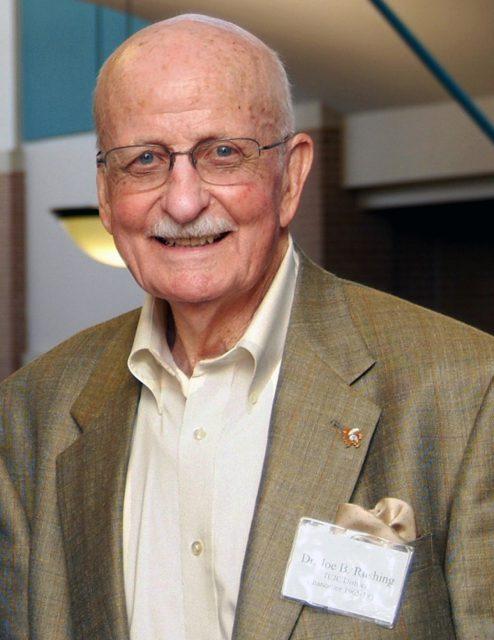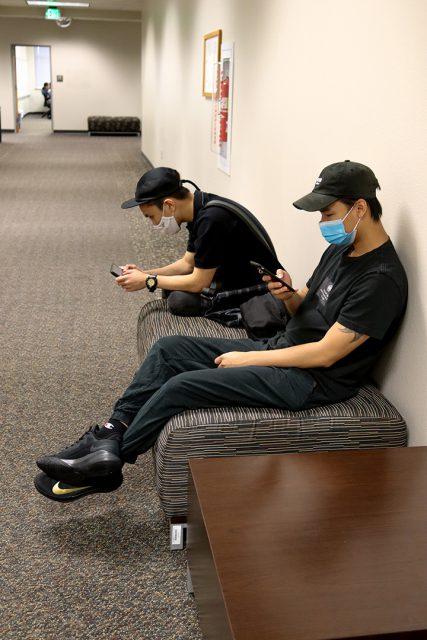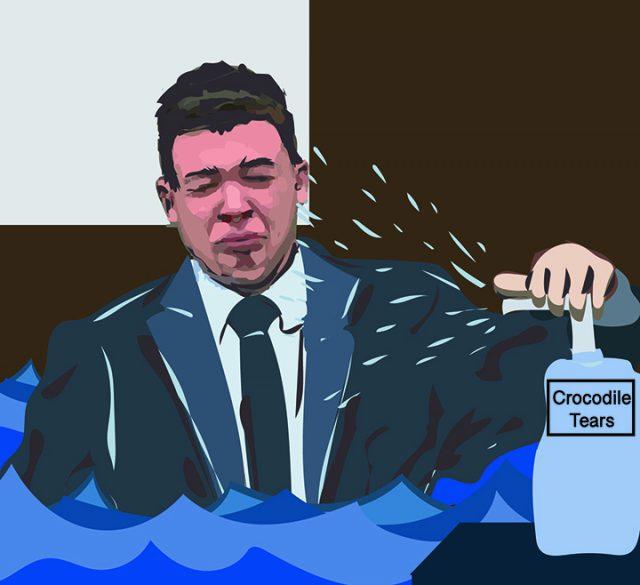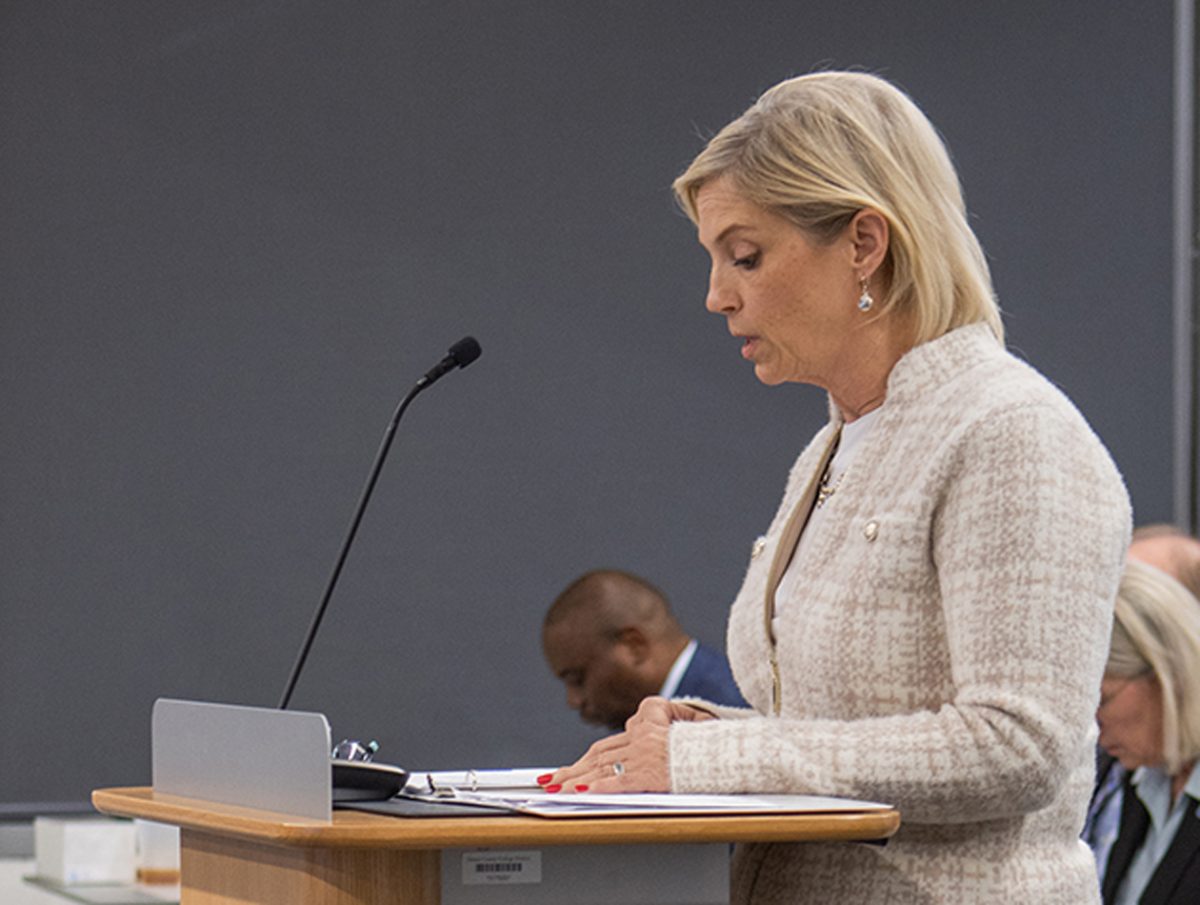Jose Romero
editor-in-chief
TCC made the transition from Blackboard to Canvas this semester, and experiences have varied.
“Canvas gives the faculty members more freedom than Blackboard in some aspects, and less in others,” said Chase Jowell, learning management systems specialist. “For the most part, reception has been positive despite the huge adjustment to workflows.”
TCC began the project in December 2020. Jowell said multiple teams throughout the district worked on the transition.
“IT, IILE, Learning Commons, CTL and more,” he said. “Name an acronym, it was likely involved.”
Currently, it’s a team of two people responsible for Canvas technical support. He said the department isn’t equipped enough to deal with all the tickets.
“We are responsible for every technical change, maintenance task, system update and helpdesk ticket related to Canvas or Blackboard,” he said. “We deal with everything from coordination with vendors and installation of publisher integrations to student login issues, all of it.”
The week of Sept. 2 had an average of 150-200 tickets when the usual amount ranges from 40-70, which is all they are equipped to handle, he said.
NE student development associate Michelle Taylor said it’s been fun but challenging getting to learn the platform. One of the primary challenges Taylor said is Canvas’ lack of options for student organizations.
“It is meant more for classes with modules,” she said. “In Blackboard, students were able to self-enroll in any club they are interested in. In Canvas, a teacher for the course page needs to add students interested in joining.”
She said students are unsure how to enroll in clubs, and TCC didn’t provide specific instructions for club advisers, leaders or staff. But, she enjoys its ease of use because it’s simple and allows graphics and video.
NE student Frances Jamnik said navigating the website was difficult, causing confusion among students and the professor.
“I think the main problem is that Canvas has specific opening dates for the main course and assignments,” he said. “For example, lecture videos and quizzes opened two days after the course began.”
He said Canvas works well, but it takes a bit of getting used to. The availability of assignments was the biggest problem for Jamnik. Assignments sometimes wouldn’t pop up, almost causing him to miss a submission entirely.
Jowell said another common issue he’s run into is enrollment not properly updating. He attributed growing pains as the primary reason for complications and said it’ll be difficult to determine the issues with Canvas since it’s still new.
Fortunately, Jowell is also confident to transition to virtual if need be.
“We’re well-prepared from our experience during the initial phase of the pandemic, so LMS support can go virtual at any time,” he said. “Thankfully, all of our resources can be accessed remotely.”
Taylor said student development plans on training organization leaders how to use Canvas during Unplugged, an event on Sept. 17.
“It’s been very difficult because we understand how time-sensitive and frustrating these issues are for faculty and students, but currently we just don’t have the resources to handle them at this volume,” Jowell said.




































